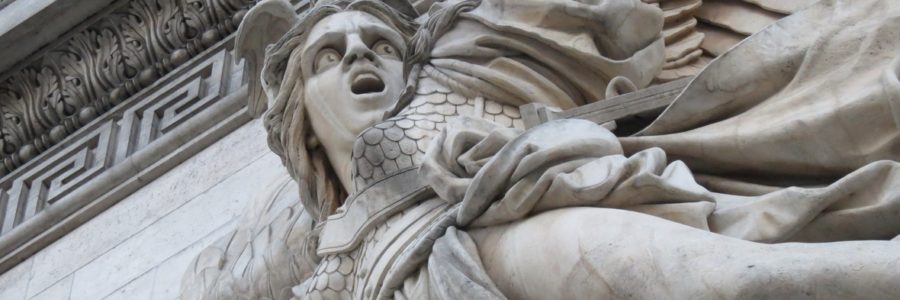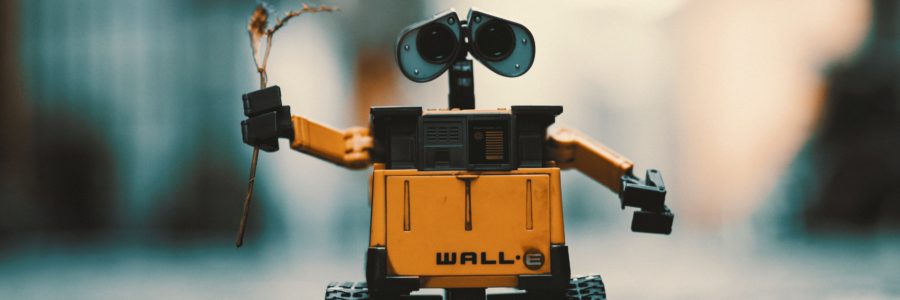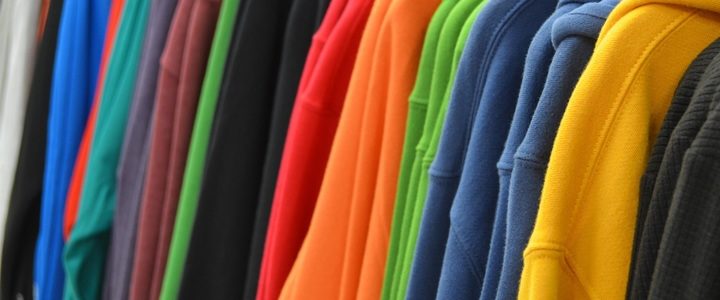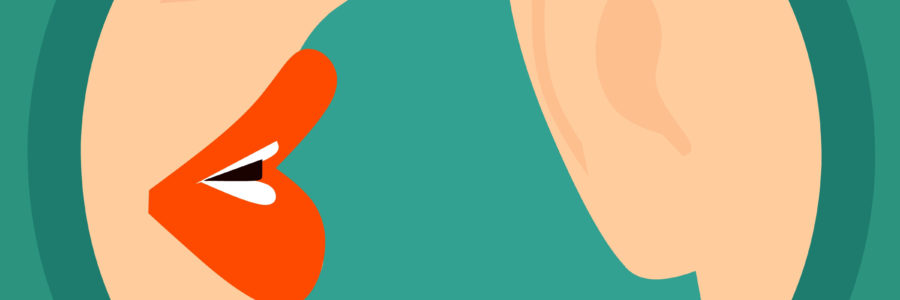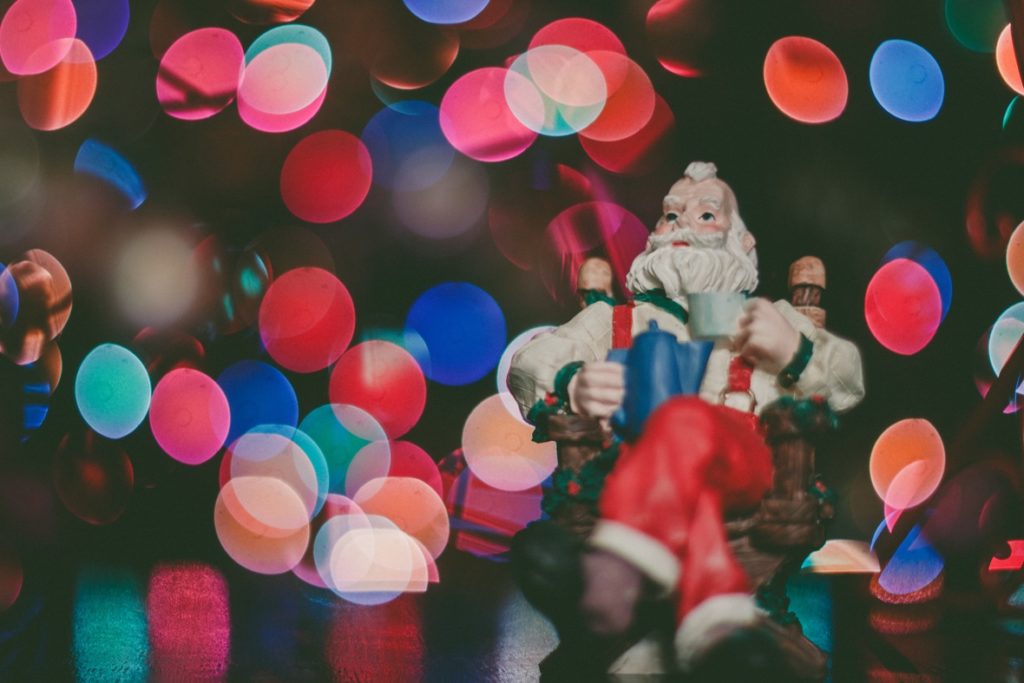Wishing you a bright start to your 2022.
Defamation. You’ve heard of it. It’s generally a false statement of fact about someone — including a company — that injures their reputation. For example, North Face’s statement that Patagonia’s Gore-Tex rain shell jacket isn’t water proof — when it is — would be defamatory. North Face could get sued by Patagonia.
But did you know a North Face’s employee’s repeating of the defamation, whether via Facebook, a tweet, or even verbally, could be used as evidence of malice — intentional defamation — in a defamation suit? It could also be a separate act of defamation.
Find out more in this article I wrote for Quill. It’s published by the Society of Professional Journalists.
In the meantime, please don’t hesitate contacting me should you or your company have any intellectual property related legal questions related to the technology or media industries.


